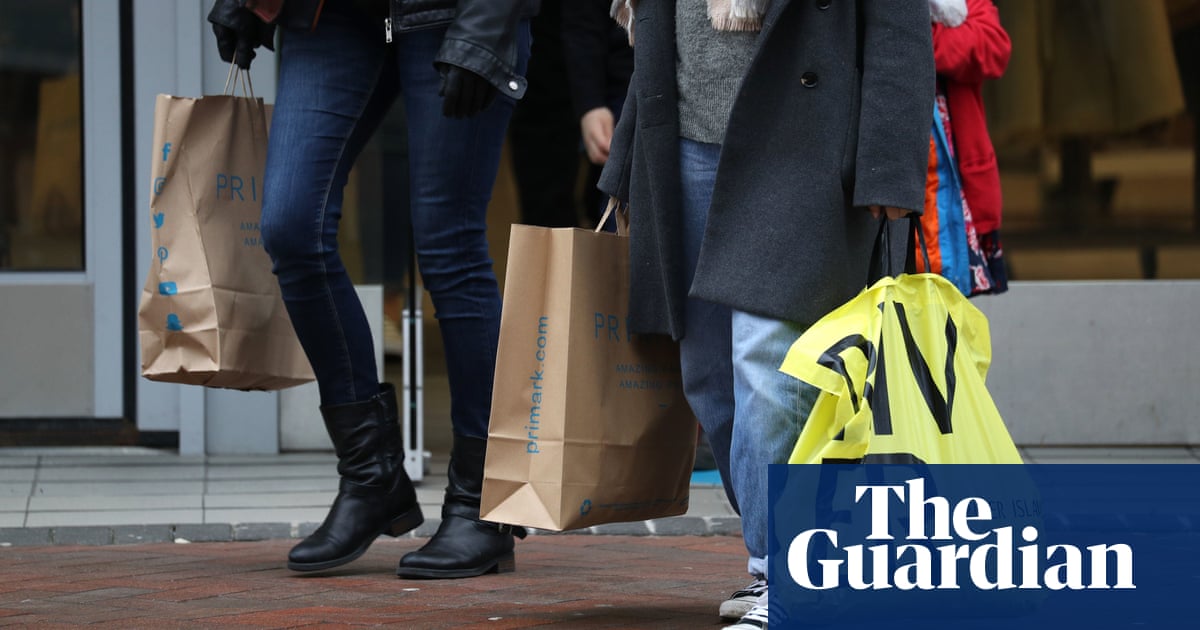
It may take bees multiple generations to recover from being exposed to insecticides even just once, research shows.
Although studies have long shown the damaging effects of pesticides for the biodiverse environment, little is known about how much they affect insects in the long term.
This new research, published in PNAS, shows that even a single exposure to insecticides in a bee’s first year of life affects offspring production, and since the effects of the pesticides are cumulative, this results in an overall decrease in the bee population.
Clara Stuligross, a PhD candidate in ecology at the University of California in Davis and lead author of this study, said: “Especially in agricultural areas, pesticides are often used multiple times a year and multiple years in a row. So this really shows us what that can actually mean for bee populations.”
To show to what extent the environmental damage of insecticides bridges generations, also known as “the carryover effect”, the scientists carried out a two-year experiment in the field. They analysed how blue orchard bees, a solitary, wild pollinator species tinted blue and not black and yellow like honeybees, reacted to exposure to pesticides.
They used the insecticide imidacloprid, which is known to be acutely toxic to bees, and tried out all the combinations of exposure – exposing the bees in their first year, in their first and second year, just in their second year. Use of this type of pesticide, neonicotinoids, is banned in the EU but production is not, and large quantities are exported each year.
In the US there are more than 400 products for sale that contain imidacloprid, according to the National Pesticide Information Center at Oregon State University.
Stuligross said: “It’s a systemic pesticide present in all of the plant tissues and it affects the nervous system of the bees. So it can have lots of different types of effects on bee behaviour and bee physiology.”
The bees exposed to imidacloprid when they were larvae and then never again had 20% less offspring compared with the bees who had never been near the chemical. Those exposed just once in their adult year had 30% less offspring compared with their unexposed counterparts, and in the bees exposed both years the effects accumulated, with a 44% decrease in offspring.
“Pesticide exposure reduces bee reproduction, and exposure in either past life stages, or a previous generation, impacts performance of the adult be in the next year,” said Stuligross.
When also factoring in the bee’s probability and rate of nesting, and female to male ratios, overall exposure in two sequential years reduced population growth by 71%.
“The effects are cumulative. One need not be a genius to figure out that it might take only a small number of sequential years of pesticide applications to bring populations to dangerously low levels,” said Lars Chittka, an ecology professor at Queen Mary University of London, who was not involved in the study.
“This new study shows that even if pesticide application was banned for the 2022 season, we would still see the adverse effects from 2021 applications. The larvae that mature today and prepare to pollinate next year’s crops are already irreversibly affected.”
The more we understand how pesticides accumulate in the environment and affect bees over multiple years, the better we can help to predict what the risks will be for their application, according to Stuligross. Reducing exposure to insecticides as much as possible is key, as well as incorporating these carry over effects into research, and integrating risks to pollinators into pest management strategies in the future.












